It can be substituted for whole wheat flour in most recipes, though it may result in a different texture and a nutty taste. It's best used in cookies, muffins, pancakes items that are leavened with baking soda or powder. You can make bread out of it but may not get the same rise as a high gluten flour like hard red or hard white wheat.
Health Benefits:
1. Reduces the Risk of Eye Disease
It was discovered that the carotenoid levels significantly increased during sprouting, of the grain. Lutein, zeaxanthin and β-carotene, found in einkorn, may be protective in eye disease because they can absorb damaging light that enters the eye.
2. Limits Allergy Symptoms
Several varieties, including einkorn, were noted as less allergenic for those that are sensitive to wheat.
3. Helps You Lose Weight
Einkorn has less fiber than wheat but is high in protein and unsaturated fatty acids. It also has many trace elements and antioxidant compounds. So there is less calories per cup of einkorn flour compared to wheat flour.
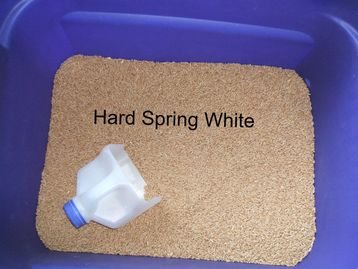
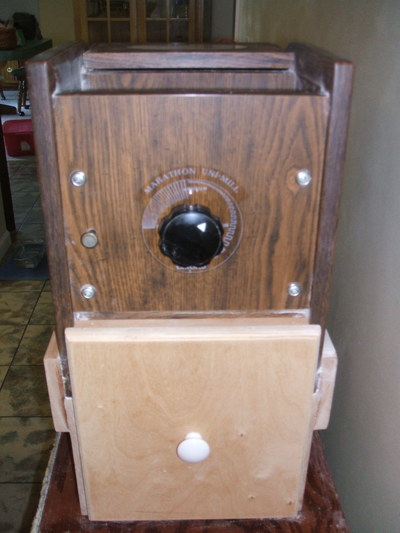

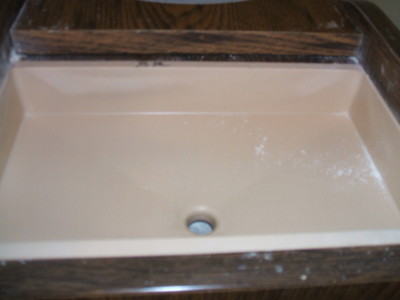
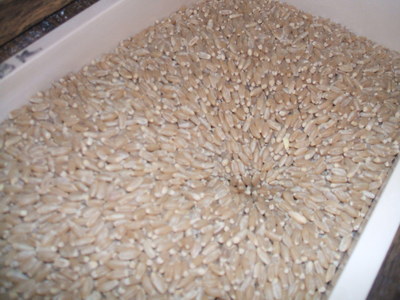
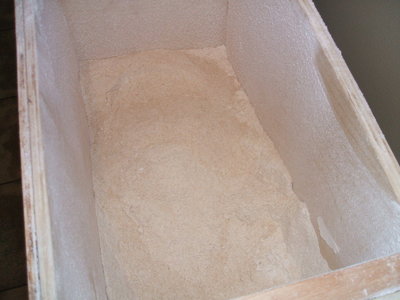
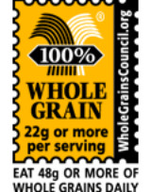

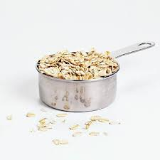
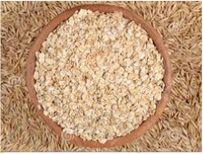
 RSS Feed
RSS Feed
